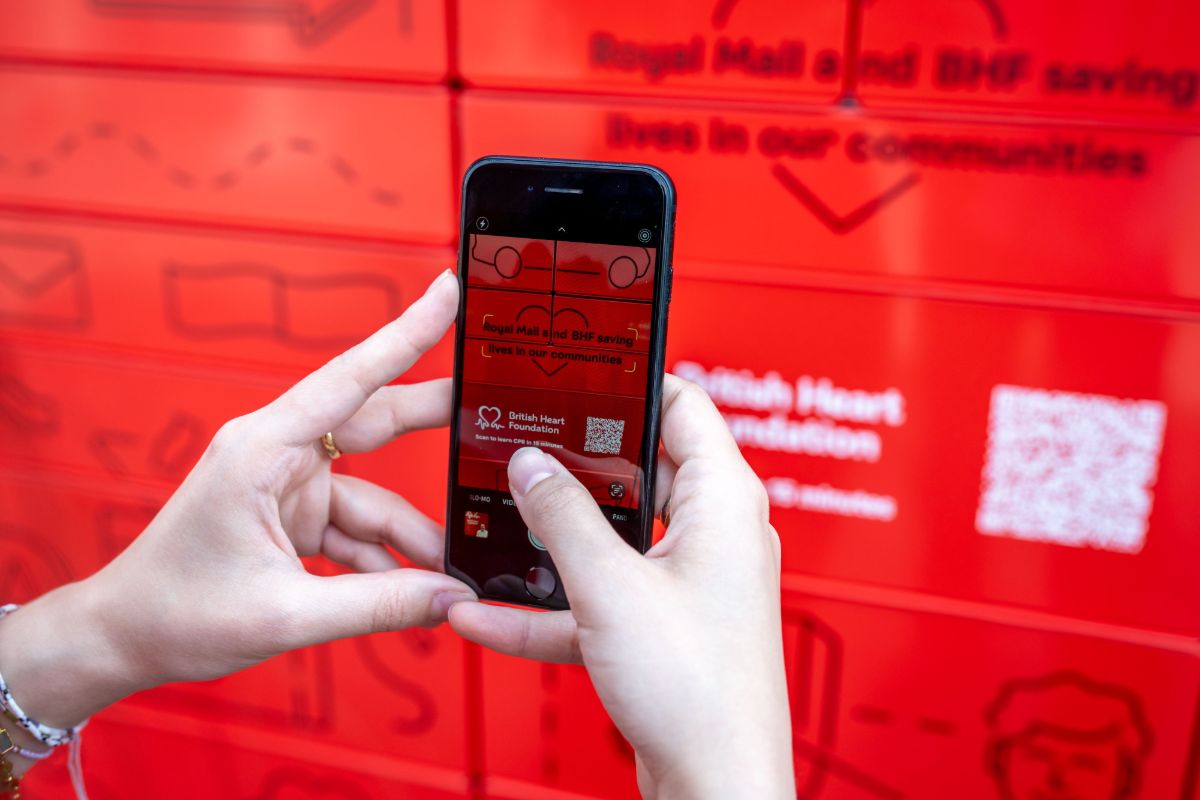Brands should, we thought, be better at engaging with consumers than their retail brethren. But do the figures suggest this is true?
The notion of brands as somehow being embodiments of consumers’ lifestyles and, arguably more importantly, their aspirations, is a recurring theme within modern retail. Think of the way Apple acolytes queue to buy the latest iPhone on the day of release. Where others might wait a couple of weeks to save themselves the bother, these are the consumers who want the latest model now.
It would seem to follow that brands should enjoy a built-in advantage over retailers when it comes to promoting engagement. After all, whoever queues up at a supermarket unless it’s for a Black Friday sale item or because it’s so busy, they have no other option?
At least in part, in our research here we were interested in seeing whether the numbers backed up the picture we had intuited. To this extent, it was perhaps revealing that apparel and general fashion brands have the highest average performance in the Brand Engagement Dimension index.
Why fashion wins
This shouldn’t be too surprising. Most people have favourite clothing brands that they return to for new items that share the design aesthetic of those they already own. Consistent with this picture, Great Plains, Topman, Monsoon and its associated brand Accessorize, and Tommy Hilfiger were the Top5 brands in this Dimension.
Conversely, a clothing brand that doesn’t engage with its customers isn’t likely to last too long. American Apparel’s recent problems are instructive here, in that they arguably stem in part from consumers seeing a gap between the company’s publicly stated ethical brand values and lurid stories swirling around founder Dov Charney.
Brand engagement by state
Turning to different member states, Austria, the UK, Poland and the Netherlands are the most competitive markets in the European Union, when measuring the Top100’s localised performance in the Brand Engagement Dimension index.
Individual metrics
Our metric analysis here cut across a variety of different facets of retail craft. In conjunction with Knowledge Partners Return Path, we analysed how well brands performed when contacting customers by email, measuring 5% of brands in detail across Europe. Panellists received 120,000 emails from the Largest 250 brands over the study period.
Of these, 24% were opened, while 10% were deleted without being opened. Panelists’ mailservers marked 5% as spam before they reached the end user but users – that is, panellists – marked 2.5% as ‘not spam’. Users marked an additional 1% of emails as spam. This results suggest clear room for improvement. In particular, it was interesting that only a negligible number of emails were forwarded, suggesting that perhaps brands are falling down when it comes to using email to craft ‘stories’ that users want to share.
Turning to social media, Facebook is the most popular social network used by the brands, with 88% offering localised pages, followed by Twitter (86%) and YouTube (61%). Arguably, using Facebook is the very least brands should be doing here, and there’s arguably room for improvement in such areas as creating localised-to-country blogs, which are currently offered by just 10% of brands.
Looking in more detail at Facebook, we assessed the usage of the social network by 90% of the Top100 brands. The results were, by and large, impressive. It’s clear that brands understand Facebook’s power and are engaging consumers over the network – often, we suspect, as a first step in the rollout of a wider social strategy.
In particular, we noted that 32% enable customers to swap regions. We took this as evidence of a serious, coordinated strategy of content being localised to language groups and states, and of these local teams working together. Other significant findings were that 75% use the ‘shop now’ button, 65% link to other social networks and that Top100 brands have, on average, 3m Likes on their Facebook pages.
“Facebook is the most popular social network used by brands, followed by Twitter and YouTube.”
Finally, we conducted an SEO analysis of the 80% of brands that focus on the UK. This revealed that brands rank in 3,300 keywords. There are 4.2m searches, per month, for which one of the brands’ keywords applies. Brands enjoy 28% visibility – that is, they were visible in 28% of the 4.2m relevant searches. This final figure suggests room for improvement in the future as even incremental changes here can significantly affect sales.
Liked this article? Click here to subscribe and receive all future reports straight to your inbox.







